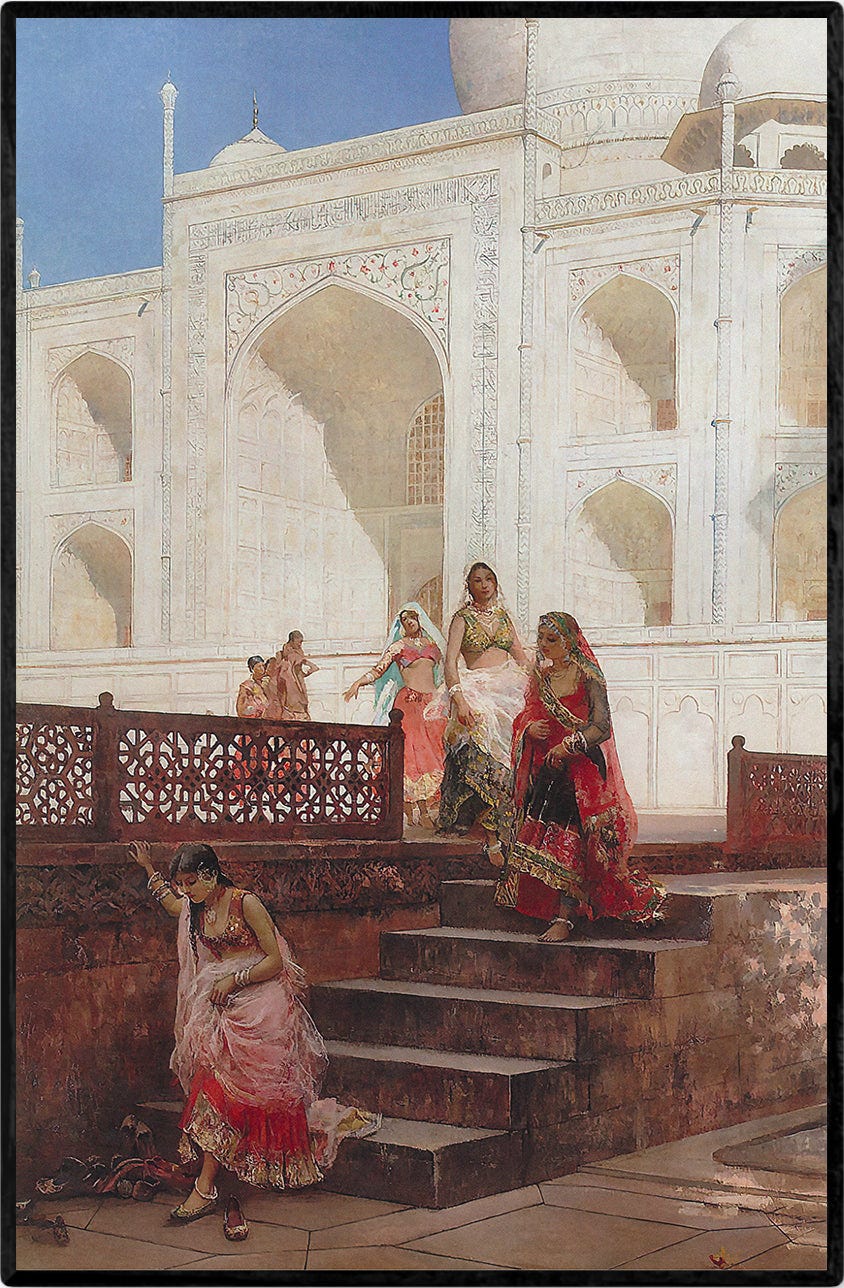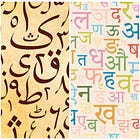Welcome to the Brown History Newsletter. If you’re enjoying this labor of love, please do consider becoming a paid subscriber. Your contribution would help pay the writers and illustrators and support this weekly publication. If you like to submit a writing piece, please send me a pitch by email at brownhistory1947@gmail.com.
Don’t forget to check out our SHOP and our Podcast.

Recommended Reads:
The Hidden Story of Partition Tattoos
In 1947, They Tattooed the Children.
In 1947, the Indian subcontinent gained independence from the British Empire—but the victory was short-lived. More than 10 million Hindus, Muslims, and Sikhs were forced to abandon their homes, scrambling to reach the “right” side of hastily drawn borders: Hindus and Sikhs fled to India, Muslims to Pakistan. It became one of the largest mass migrations in human history. The true death toll remains unknown, but estimates suggest that two to three million people perished in the violence.
Those who lived through Partition as children are now in their eighties and nineties. Their memories may be fading, but the trauma endures—sometimes etched permanently into their skin as faded, blurred tattoos.







